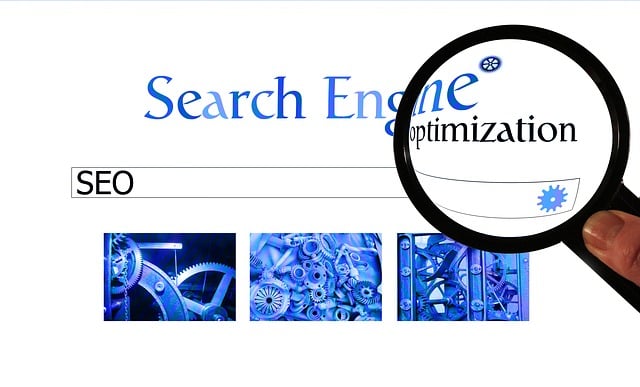Understanding your target audience is crucial for SEO success. Conduct keyword research to create relevant content that attracts dedicated customers and improves search engine rankings. Optimize title tags, meta descriptions, and content structure while integrating keywords naturally. Use header tags (H1-H3) to enhance hierarchy and readability, and add optimized visuals for better accessibility and user experience. Regularly update content and maintain freshness to boost SEO and engage audiences.
Content optimization is a powerful tool for boosting your online visibility and ranking higher on search engines. In this article, we’ll explore essential SEO tips for content creators looking to refine their strategies. From understanding your target audience to utilizing header tags effectively, each step plays a crucial role in enhancing your digital presence. By following these guidelines, you can create engaging content that captivates readers while optimizing for search engine algorithms, ultimately driving organic traffic and increasing your site’s authority.
Understand Your Target Audience
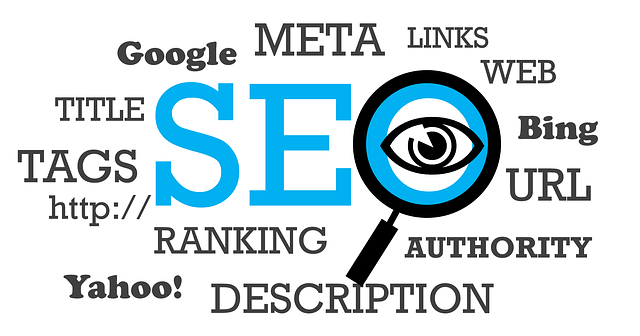
Understanding your target audience is a cornerstone of successful content optimization for SEO tips for ranking higher. Knowing who you’re creating content for allows you to tailor language, tone, and topics that resonate with them. Conduct thorough keyword research to identify search terms they use when looking for products or services similar to yours. Incorporate these keywords naturally into your content, focusing on providing valuable information that addresses their needs and questions.
By understanding your audience’s demographics, interests, and pain points, you can create content that not only ranks higher in search engine results but also draws in a steady stream of engaged visitors who are more likely to convert. This human-centric approach ensures that your SEO efforts are targeted, effective, and aligned with the expectations of your ideal customers.
Conduct Comprehensive Keyword Research

Comprehensive keyword research is a cornerstone of effective content optimization, serving as the foundation for any successful SEO strategy. Start by identifying relevant keywords and phrases that your target audience uses when searching for information related to your niche. Utilize powerful SEO tools to uncover search volumes, competition levels, and user intent behind these keywords. This process allows you to understand what terms potential customers are using and tailor your content accordingly.
By integrating well-researched keywords naturally throughout your content—in titles, headings, meta descriptions, and body text—you enhance its relevance and appeal to search engines. Remember, the goal is not just to stuff keywords but to create valuable, engaging content that satisfies user queries, thereby increasing the likelihood of ranking higher in search results for those specific terms (SEO Tips for Ranking Higher).
Optimize Title Tags and Meta Descriptions
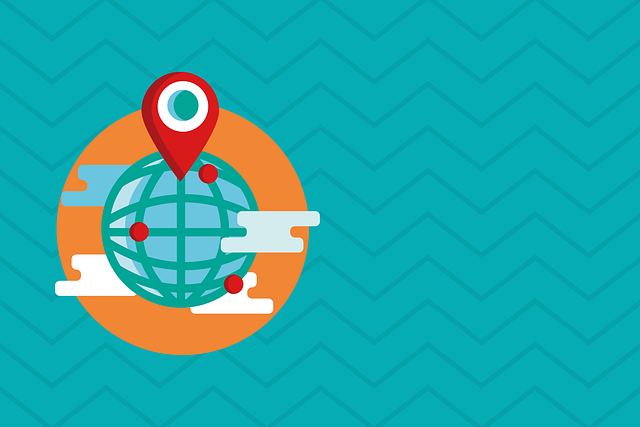
Title tags and meta descriptions are critical components of any SEO strategy. These elements serve as a snapshot of your webpage’s content, appearing in search engine results pages (SERPs), and play a significant role in influencing click-through rates. When crafting these, keep them concise yet compelling, focusing on the primary keyword or phrase that best describes the page’s content.
For instance, if you’re optimizing a blog post about “SEO Tips for Ranking Higher,” your title tag could be “Master SEO: Proven Tips to Boost Your Rankings,” while the meta description might read, “Uncover powerful SEO strategies to climb search engine rankings. From keyword optimization to backlink building, elevate your online visibility.” Incorporating these SEO tips into your tags and descriptions ensures search engines understand your page’s relevance, leading to improved search results positioning.
Enhance Content Structure and Readability
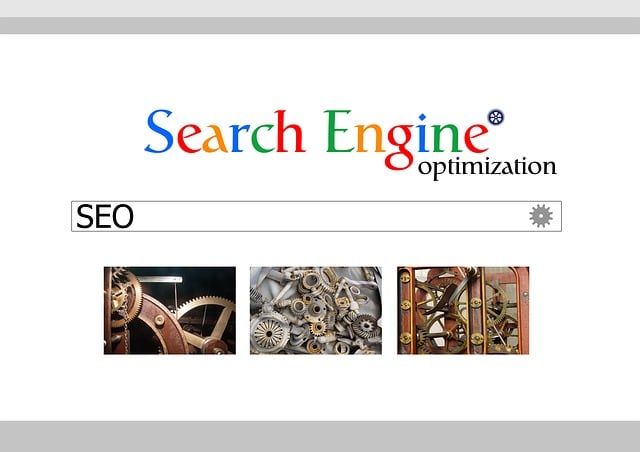
Optimizing your content’s structure and readability is a powerful SEO Tip for Ranking Higher. Well-organized content not only improves user experience but also signals to search engines that your page is trustworthy and valuable. A clean, easy-to-follow layout with headings, subheadings, and short paragraphs makes it easier for both readers and algorithms to navigate through the content. This ensures that every section contributes to the overall topic, making your article more comprehensive and relevant.
When enhancing readability, focus on using concise language, avoiding jargon (unless necessary for the subject matter), and incorporating bullet points or lists where appropriate. These techniques make your content scannable, encouraging readers to engage deeper and reducing bounce rates. Remember, search engines consider user engagement signals when ranking pages, so a well-structured, readable article can significantly boost your SEO efforts.
Incorporate Relevant Keywords Naturally

When crafting content for search engine optimization (SEO), incorporating relevant keywords naturally is an art and a crucial strategy to boost your online visibility. The key is to weave these keywords seamlessly into your writing, ensuring they align with the context rather than appearing forced. Think of it as a conversation; you want your content to flow organically while subtly guiding search engines towards understanding its purpose.
For instance, when discussing “SEO tips for ranking higher,” mention specific strategies like “optimizing meta descriptions” or “using header tags effectively.” These phrases provide valuable insights to both readers and search algorithms. Remember, the goal is not just keyword stuffing but rather providing value through informative content that naturally incorporates SEO best practices.
Utilize Header Tags Effectively

Using header tags effectively is one of the crucial SEO tips for ranking higher. H1, H2, and H3 tags help search engines understand the hierarchy and structure of your content. Start each page or section with a clear and concise H1 tag, which should ideally include your primary keyword. Subheadings (H2 and H3) should then break down your content into digestible chunks, naturally incorporating relevant keywords where possible. This not only enhances readability but also signals to search algorithms that your content is well-organized and informative.
By utilizing header tags effectively, you’re essentially guiding both users and search engines through your content. This simple optimization can significantly impact your site’s visibility on search engine results pages (SERPs), making it easier for potential visitors to find your website. Remember, the goal is not just to include keywords but to create a logical flow of information that improves the overall user experience.
Add Quality Visuals with Alt Tags

Adding quality visuals is a powerful SEO tip for ranking higher on search engines. Images can significantly enhance user experience and engagement, but they need proper optimization. When incorporating visuals into your content, make sure to include descriptive file names that accurately represent the image’s subject matter. Furthermore, utilizing alt tags ensures accessibility and provides search engines with alternative text when an image fails to load, thus maintaining a seamless user experience.
Alt tags should be concise yet informative, incorporating relevant keywords naturally where possible. This strategy not only aids in SEO but also assists visually impaired users who rely on screen readers, demonstrating your content’s inclusivity and adherence to best practices for both SEO and accessibility.
Regularly Update and Refresh Content
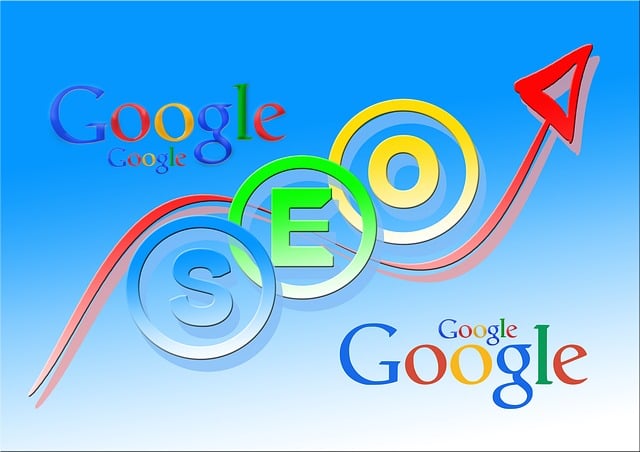
Maintaining a dynamic online presence requires regularly updating and refreshing content, which is one of the essential SEO tips for ranking higher. Search engine algorithms prioritize fresh, relevant information, so keeping your content up-to-date can significantly boost your website’s visibility. Regular updates show search engines that your site is active and engaged, encouraging them to favor it over static, outdated pages.
This process involves not just revising existing content but also adding new material, removing irrelevant or outmoded information, and optimizing meta tags and descriptions. By consistently refreshing your content, you can keep your audience informed, attract new visitors, and maintain a high search engine ranking—all vital components of successful SEO strategies.
